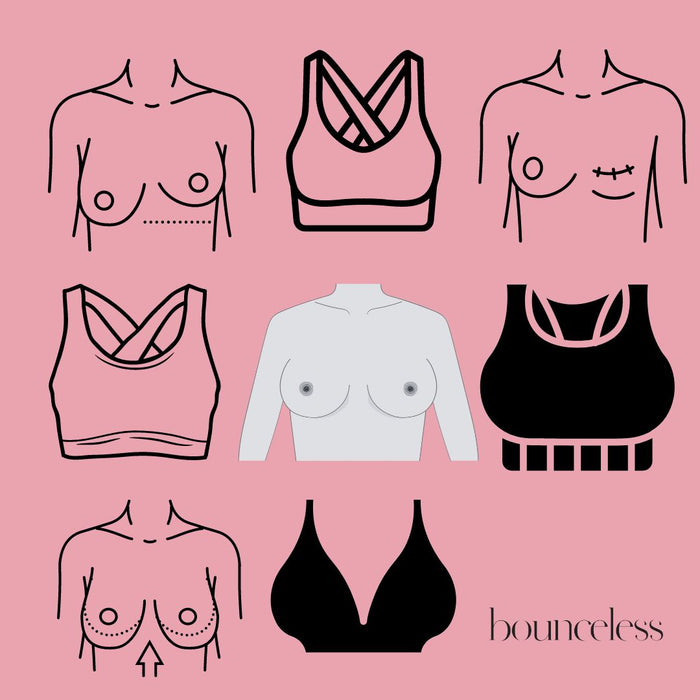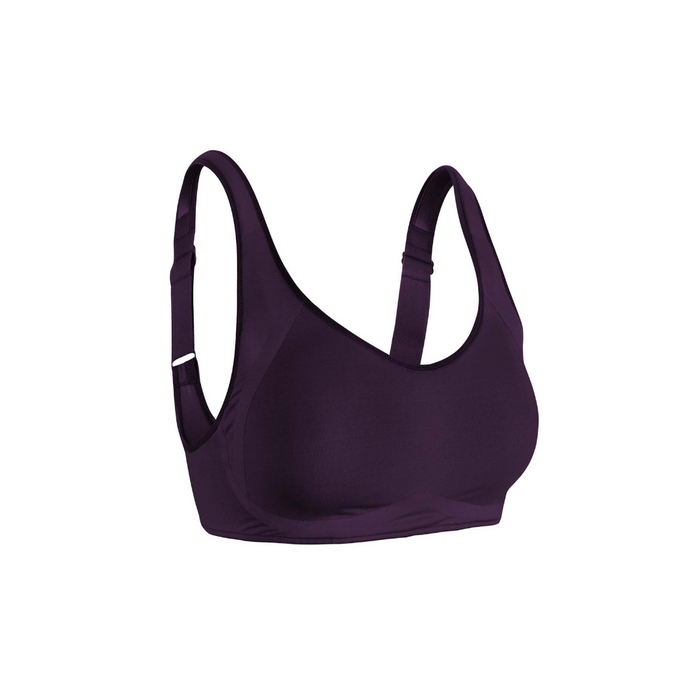Harnessing the Power of Your Cycle: Tailoring Workouts to Your Menstrual Phases.

Not feeling like working out, especially during that time of the month? You are not alone. It’s completely natural for your motivation and physical energy to fluctuate due to the hormonal changes that occur throughout your menstrual cycle. Understanding these changes and syncing your workouts accordingly can make a remarkable difference in how you feel and perform during exercise.
In this blog post, we’ll break down what is happening within your body with hormones, provide an overview of the menstrual cycle, and suggest workouts for each phase of the cycle.
The Hormonal Roller Coaster

Two key hormones, estrogen and progesterone, play pivotal roles in your menstrual cycle. Estrogen tends to rise during the follicular phase, contributing to positive moods and increased energy levels. As you approach ovulation, estrogen peaks, ushering in a phase where you might feel more invigorated and ready to take on higher intensity workouts.
On the other side, during the luteal phase, progesterone dominates, potentially leading to a decrease in energy levels if conception doesn’t occur. This phase might bring about premenstrual symptoms (PMS), leaving you feeling fatigued and not your typical self. Finally, menstruation arrives, often accompanied by a dip in energy.
Syncing Workouts to Your Cycle

Understanding these hormonal shifts can help tailor your workouts for maximum efficiency and comfort.
Empowering Yourself Through Cycle Syncing
By understanding and tracking your cycle, you can harness its power to your advantage. Utilize apps or traditional methods like calendar tracking to stay in tune with your body’s changes.
Syncing your workouts with your menstrual cycle not only helps optimize performance, but also empowers you to feel more in control of your life. It enables you to adapt to your body’s natural rhythms and respect its needs, leading to a more balanced approach to fitness.
Using Your Cycle As A Reset

Now, this topic is not talked about along with other topics. Once you understand the power you have with cycle syncing, you will understand your body a bit more and can make adjustments as needed to your lifestyle and workouts.
One such adjustment is being able to reset during your menstruation. Some women notice a change in their bowel movements, which can lead to an increase in elimination. If you are such a woman, use this to your advantage. Especially after all of that bloating. This is a time when belly fat can decrease and focusing on the core is a bit more attainable.
This reset can happen every month, so give yourself grace when you are stress eating, PMS eating, or just living.
Recap
Workouts can (and probably should) be tailored to your menstrual cycle. It’s essential to recognize that your body’s capabilities and motivation levels vary throughout the menstrual cycle. Tailoring workouts to sync with these fluctuations can significantly impact your exercise experience. By adjusting your routines accordingly and staying consistent, you allow your body to move while respecting its changing needs. Remember, a workout you weren’t initially excited about might leave you feeling better and more energetic afterward.






